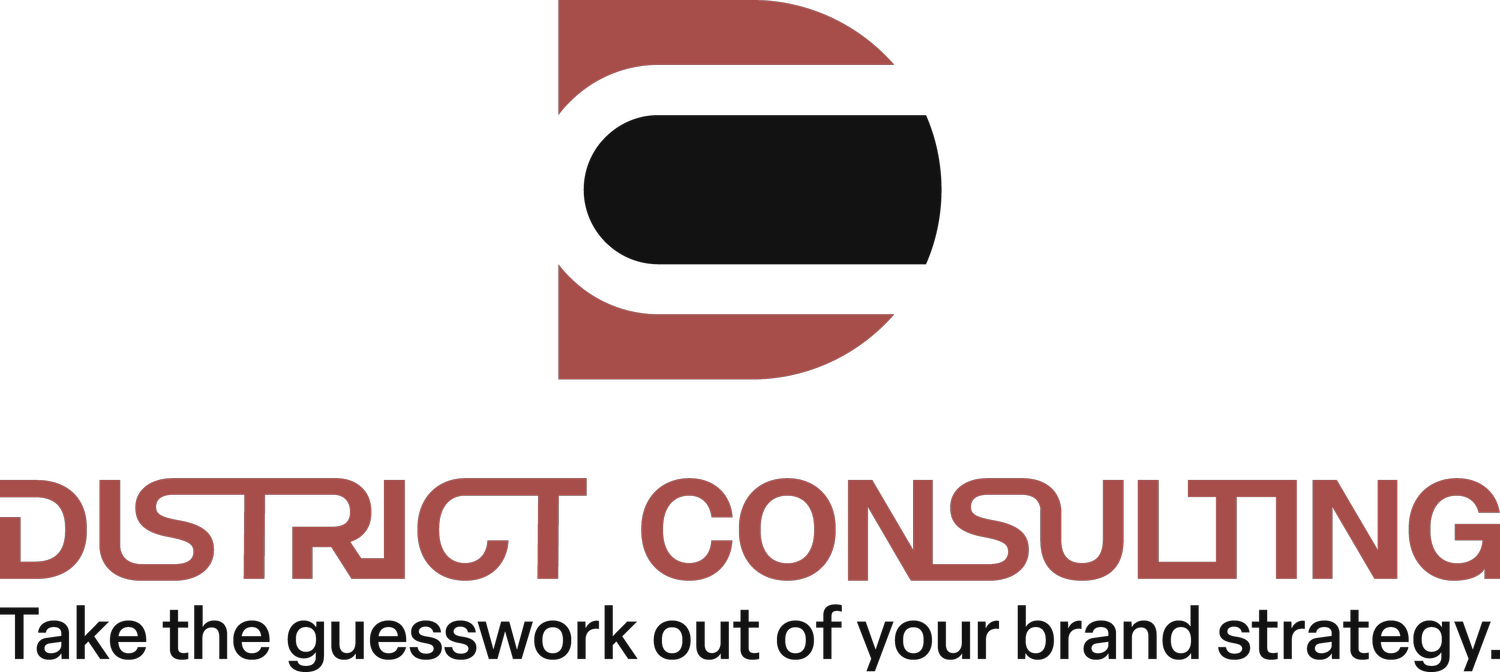As a busy business owner you may question, why waste time setting marketing goals? There’s no doubt that dedicating time to clarifying the mission + objectives + goals for a business is an essential step on the pathway to success. Clarity on the mission and objectives of your business and cascading those into S.M.A.R.T. goals is essential for success. By aligning marketing goals with business objectives, companies can be prepared to thrive in a competitive landscape and achieve remarkable results.
S.M.A.R.T. Goal Setting
First, let’s discuss the concept of S.M.A.R.T. goal setting. This is simply a useful acronym that lays out a framework for setting actionable targets that are:
- Specific
- Measurable
- Achievable
- Relevant
- Time-Bound
It may seem silly, but keeping this acronym in mind while brainstorming marketing goals will help you avoid common pitfalls. Setting goals that are difficult to assess when they’ve been accomplished or unrealistic, can be demotivating. The beauty of this framework is that the specificity ensures clarity in what you want to achieve, while measurability enables tracking and evaluation of progress.
Business Objectives
Next, focus on aligning with business objectives – to establish meaningful marketing goals, it is essential to align them with the higher-level business objectives of your company. This involves collaborating closely with key stakeholders to identify core goals such as revenue growth, market expansion, or brand positioning. So, for example, perhaps an objective is to increase market share; relevant marketing goals of customer retention and new customer acquisition are well aligned to support this objective. By gaining a deep understanding of the overarching business objectives, you can craft marketing goals that directly contribute to the company’s success.
Key Performance Indicators (KPIs)
Finally, ensure you’ll be able to analyze the success of these goals by measuring key performance indicators (KPIs). Some examples of KPIs can include metrics like customer acquisition cost (CAC), average order value (AOV), conversion rates, website traffic, social media engagement, or brand favorability. By tracking KPIs, you can gauge the impact of your marketing activities in the short and long term, as well as make data-driven adjustments to optimize performance.
Conclusion
Hopefully, it’s now clear why it’s important to shift your perspective re: goals away from goal setting as a one-time chore to goal management as a valuable ongoing function. Successful goal management is a continuous process that requires ongoing monitoring, analysis, and adaptation. Schedule time and develop processes to regularly review your marketing performance KPIs against the goals you set. Remember it’s important to:
- Analyze data
- Gather insights
- Consider the general market and industry trends
- Identify areas for improvement
Adapt strategies and tactics based on emerging trends, consumer behavior, or competitive landscape changes. A dynamic and agile approach to goal setting and management ensures your marketing function remains responsive and optimized for success.
Connect with District Consulting if you’re interested in learning more about effective marketing goal-setting strategies for your business.

